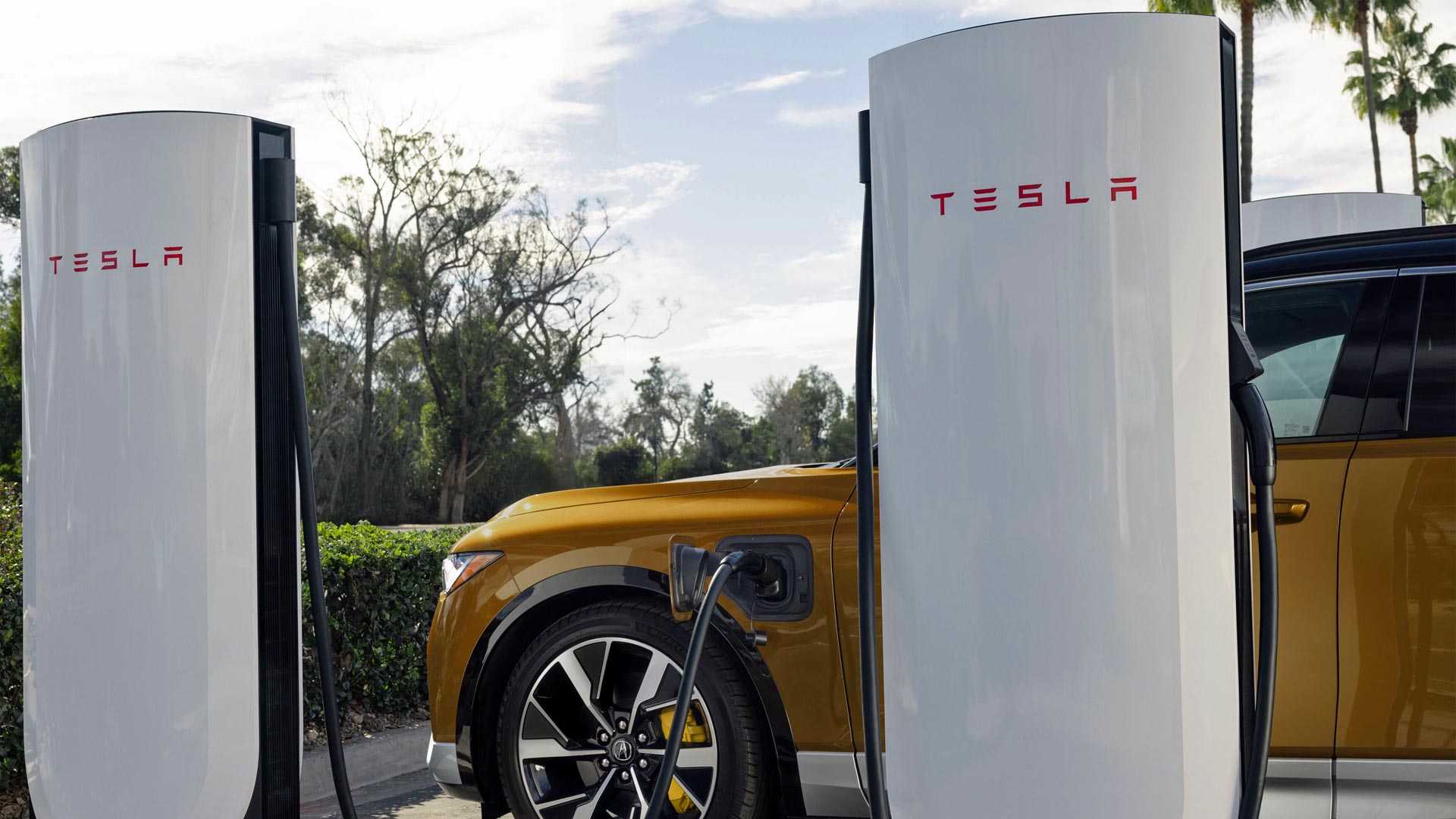
Owners of Honda and Acura electric vehicles now have access to the Tesla Supercharging network across the United States.
This means drivers with a Honda Prologue or Acura ZDX electric SUV can fast-charge at more than 23,500 Tesla Superchargers.
Honda has tested and approved a DC charging adapter, which allows the Prologue and ZDX to connect to the Tesla devices.
The new adapter allows the Tesla Supercharger NACS (North American Charging System) cable to join up with the Honda or Acura CCS charging port.
Get ready for a summer road trip

“Planning a road trip just got a lot easier for our Honda and Acura EV owners with access to the Tesla Supercharger network,” said Ryan Harty, assistant vice president of sustainability and business development at American Honda Motor Company.
“Combined with other growing charging networks, Honda and Acura EV drivers now have added peace of mind with a wider range of dependable DC fast charging options nationwide.”
Customers can purchase the new, Honda-approved NACS-CCS DC fast-charging adapter from authorized Honda and Acura dealerships in the United States.
Alternatively, the adapter is availabledirectly through the online Honda DreamShop, with a suggested retail price of $225.
More charging options available

Along with allowing Honda and Acura EV owners to use Tesla Superchargers, the new adapter allows access to other DC networks that use NACS connections.
Honda warns EV owners against using third-party adapters, even if these may be cheaper to purchase. The company says damage to an EV resulting from the use of an unofficial adapter may not be covered under warranty.
Honda Prologue and Acura ZDX owners can use the standard Google Maps built-in navigation system to locate authorized Tesla Superchargers.
Initially, the Tesla smartphone app will be required for Honda and Acura EV owners to start charging from a Tesla Supercharger. However, Honda is currently updating its own apps to enable plug-and-charge capability.
ALSO READ:
Honda builds a CR-V powered by an IndyCar race engine
What are synthetic fuels – and can they save cars as we know them?